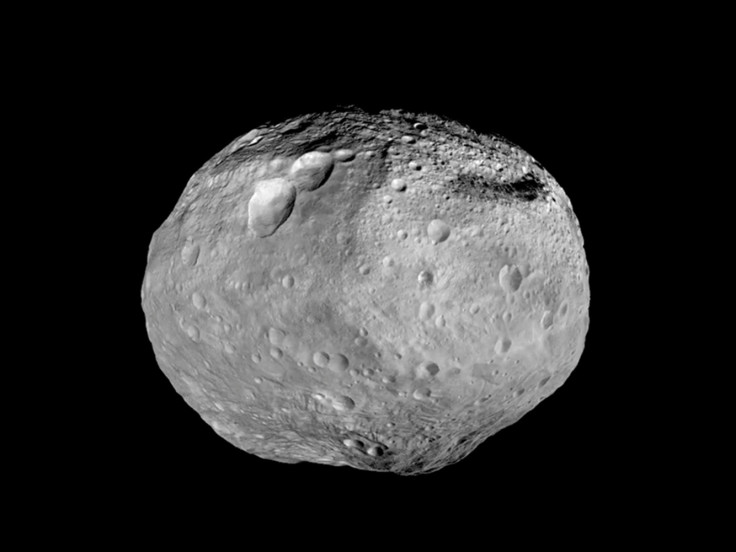Family of 4-billion-year-old asteroids reveal secrets of the early solar system
Found between Mars and Jupiter, it's nearly as old as the solar system.

An ancient family of asteroids has been identified by scientists in the area between the orbits of Mars and Jupiter, known as the Main Belt. It is about 4 billion years old – about as old as the early solar system.
The discovery, described in the journal Science, is particularly exciting because it could yield important insights into early planet formation as well as improve our knowledge of how asteroids are born.
"When large asteroids collide in the asteroid belt, they break up into many smaller asteroids. We call these shattered remnants 'asteroid families', and the first ones were identified by the Japanese astronomer Kiyotsugu Hirayama 99 years ago," Alan Fitzsimmons, from Astrophysics Research Centre at Queen's University Belfast, who was not involved with the study, told IBTimes UK.
"These scientists have found evidence of an asteroid family that is 4 billion years old. This is one of the oldest asteroid families ever found and would mean it formed only 500 million years after the birth of our solar system".
A new method
The scientists succeeded in finding the new family and in estimating its age by using an innovative method that had not been used previously. It involved studying the inverse correlation between the diameter of the asteroids and their orbit.
"Big asteroids disperse only a little while smaller asteroids have greater orbits. How far asteroids have dispersed tells us the age of the asteroid family, with a margin of error," study author Marco Delbo said.
He and his colleagues were thus able to identify a group of dark asteroids with related orbits, as part of a previously unknown family. The fact that it is thought to be nearly as old as the early solar system is very interesting to astronomers, because it could help answer a lot of the questions they have about the solar system and the formation of asteroids. It could also help constrain the age planets like Jupiter and Saturn got into their current orbit.
"There study has two important findings. First, the family contains many of the very dark asteroids in the asteroid belt we normally find further out towards the planet Jupiter. It's been a puzzle why these dark asteroids were being found closer to the Sun. This study shows that they could have come from a single collision, early in the history of our planetary system," Fitzsimmons pointed out.
"Second, taking into account how asteroids move over billions of years, they show that there exist maybe 150 large asteroids (over 35 km in diameter) that have survived since the birth of our solar system without being broken up by collisions."
The fact that so many of these large asteroids are more than 35 km in diameter is noteworthy, according to the study's authors, because it supports the view of asteroids are born big.
© Copyright IBTimes 2025. All rights reserved.






















